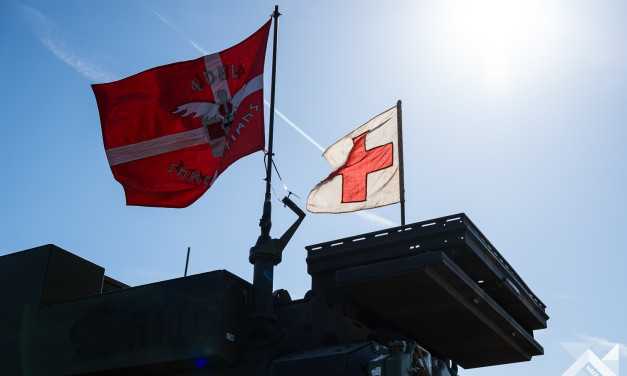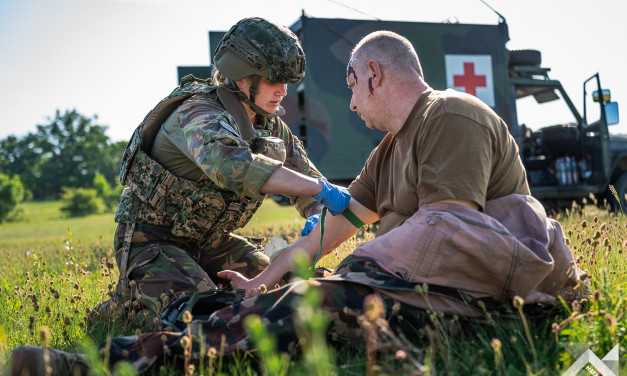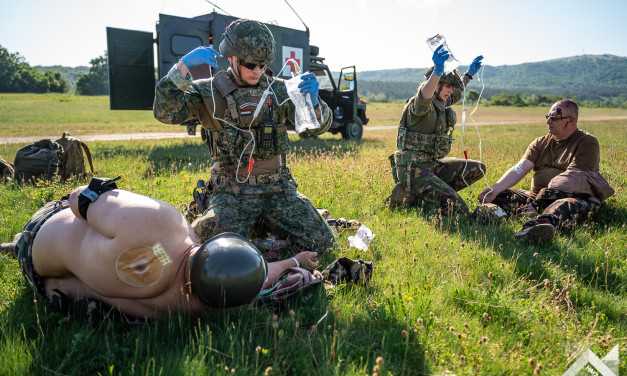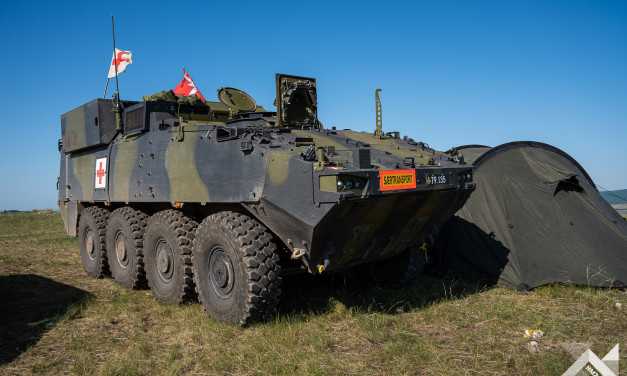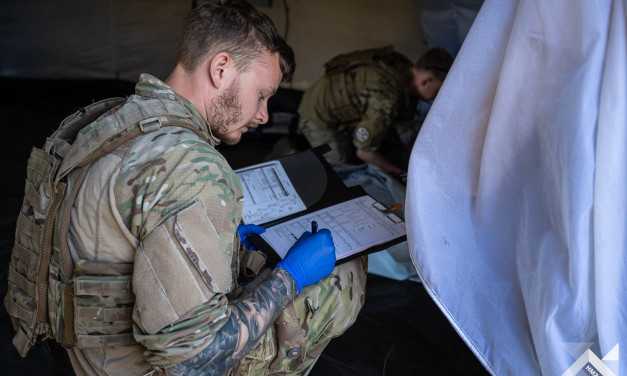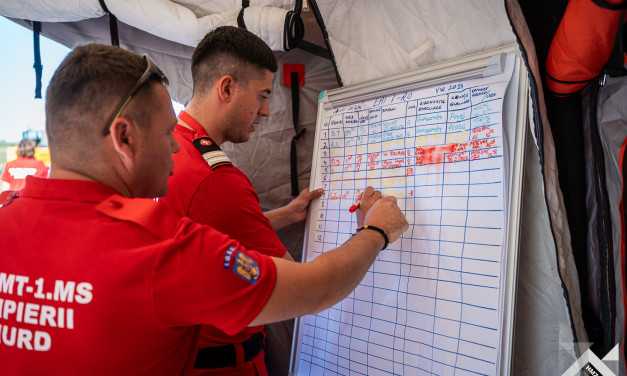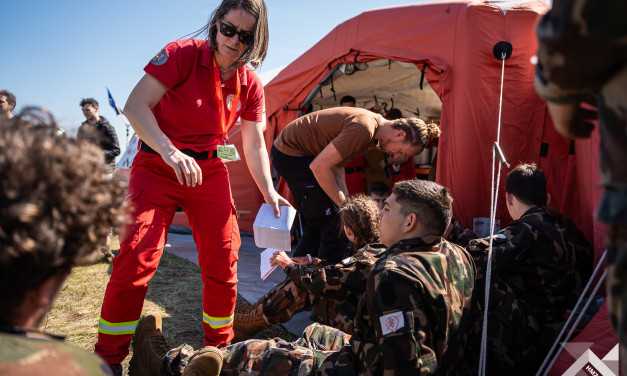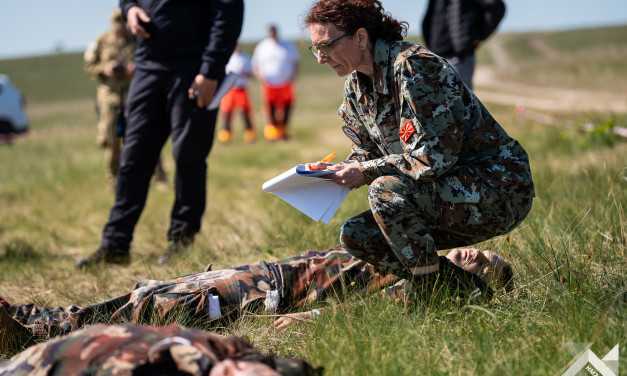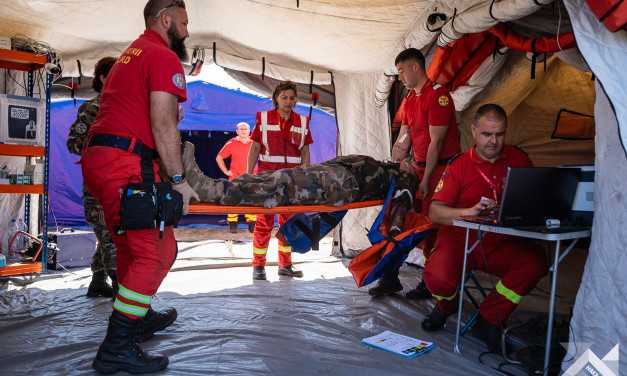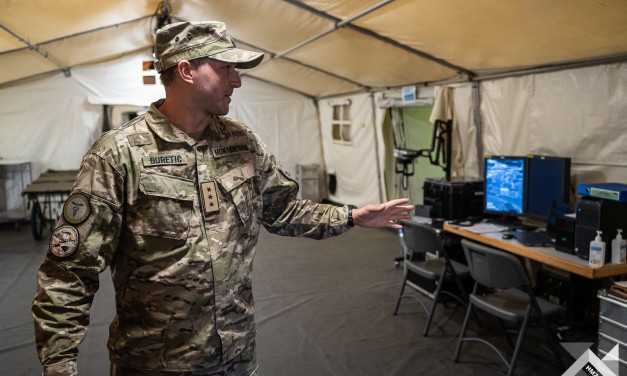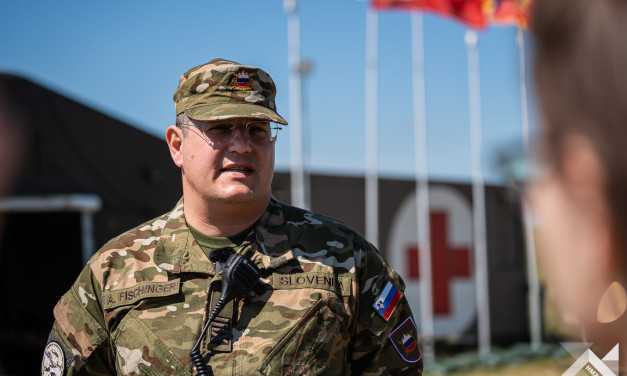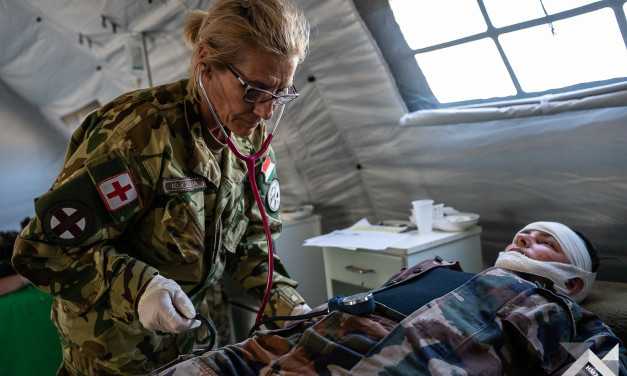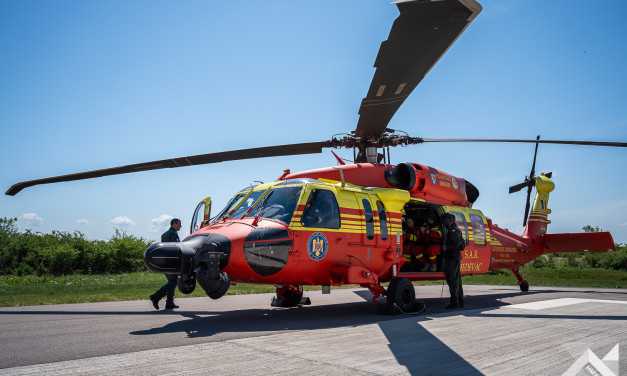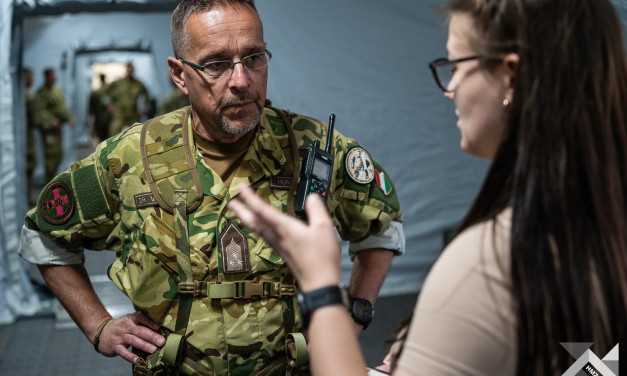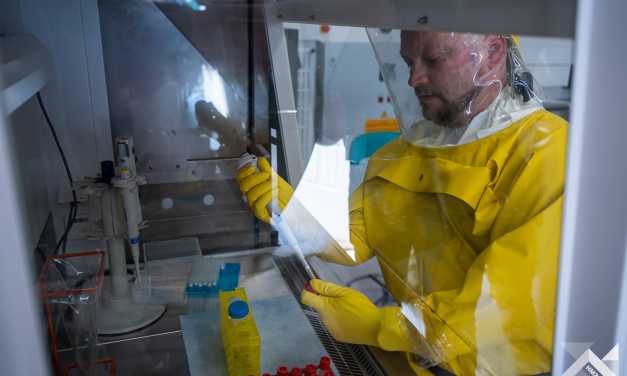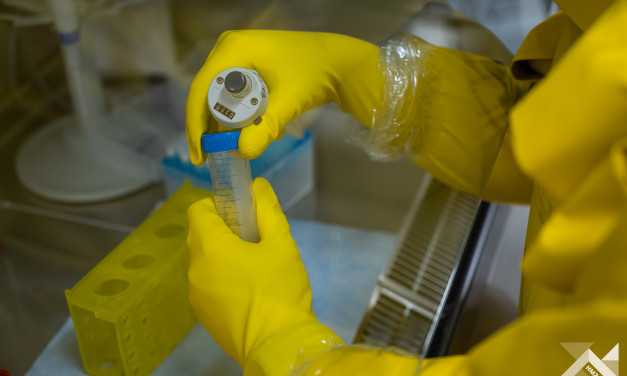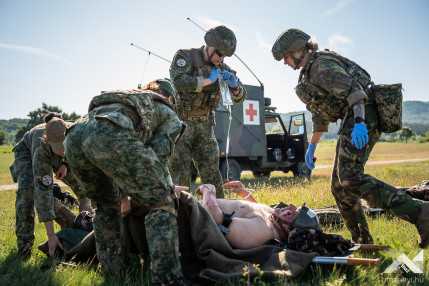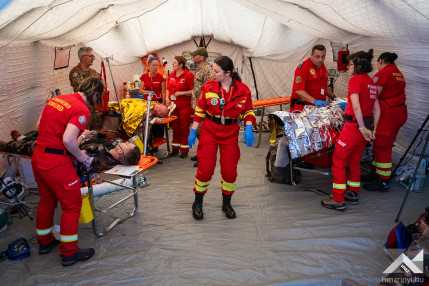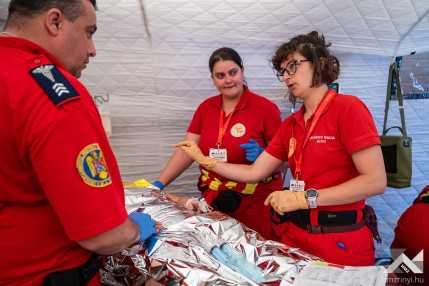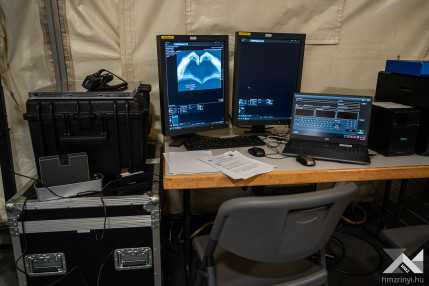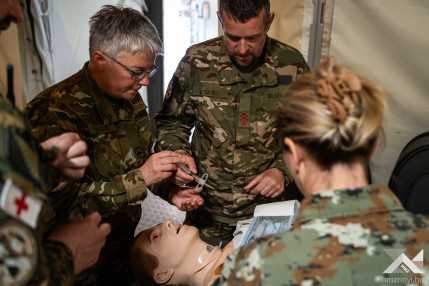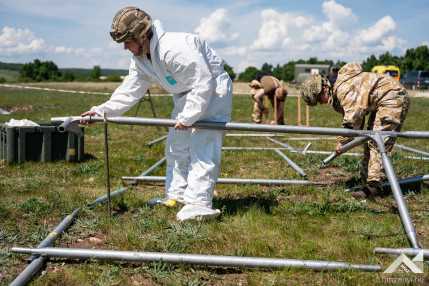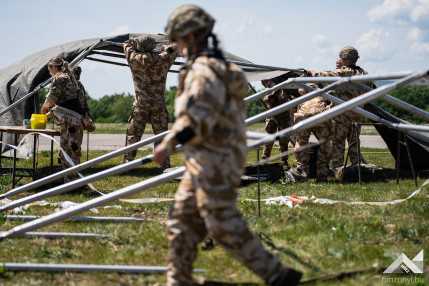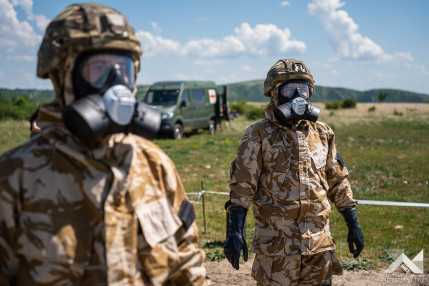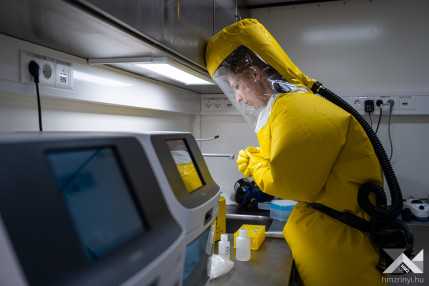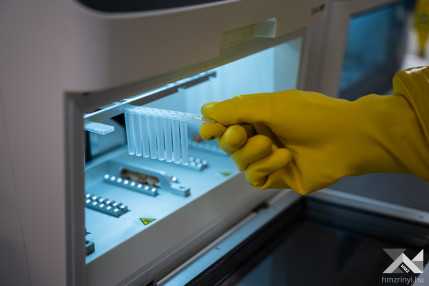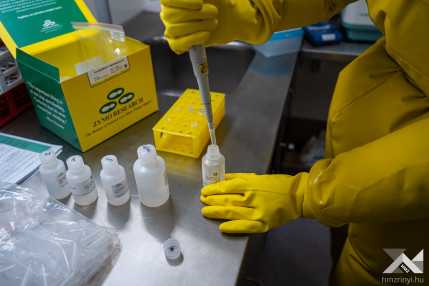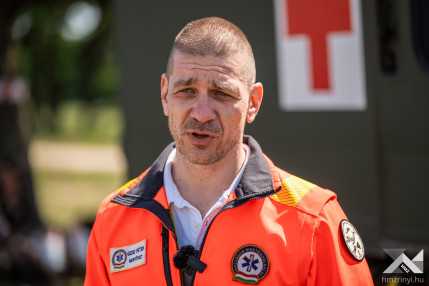The Romanian MEDEVAC helicopter is taking off to transport simulated, moulaged German casualties. There is a presumption of infection, so the converted Black Hawk is yet to land, when the workstation of the British Casualty Decontamination Area (CDA) is already established – working intensely, its personnel have set up their tents in approximately ten minutes. After the screening, the casualties are transported in a Belgian ambulance to the tent of the US Role-2-Enhanced (R2E) medical treatment facility (MTF). This is Vigorous Warrior 2024, NATO’s only military medical exercise.
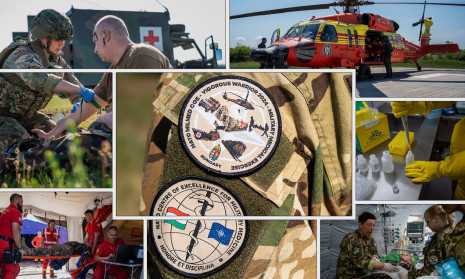
Exercise Vigorous Warrior is being conducted in Hungary these days, and its history goes back to 2011. The biannually organized exercise, however, has grown fast: instead of the then six nations, this year already 33 nations – NATO member states and partner countries – send some 1,600 personnel to participate in the interest of the smooth execution of multinational military medical tasks and interoperability in the field of health care. As Officer Scheduling Exercise (OSE) Colonel Dr. László Fazekas, Commander, NATO Centre of Excellence for Military Medicine (COE) – the organization responsible for organizing the exercise – says, the primary objective is to carry out the tasks of their core mission by providing medical support to the militaries of NATO member countries.
Of course, the task series, too, changed from one occasion to another, and the initial situations of peacekeeping missions – whose reproduction was greatly helped by the lessons learned in Afghanistan and Iraq – have given way to scenarios and injects focused on national defence. Tactical Combat Casualty Care, Mass Casualty (MASCAL) event, air MEDEVAC, opium poisoning and epidemic infection – these are just a handful of the challenges presented to the medical personnel assigned to 30 different stations. Beyond the treatment, its circumstances also pose a challenge during the two-week exercise, because on seeing the processes occurring in the world, one also has to anticipate drone reconnaissance in certain situations, so the participants must be ready for the safe movement of the casualties.
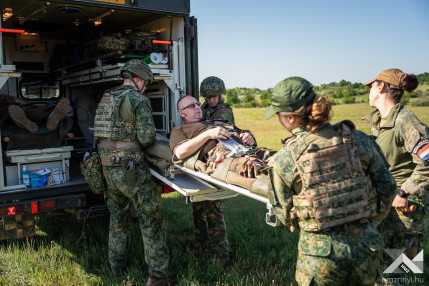
A good example of multinational, and even partner country cooperation is the Balkan Medical Task Force, which has brought together five nations – Albania, Bosnia and Herzegovina, North Macedonia, Montenegro and Slovenia – collaborating during the exercise. As Lieutenant Colonel Ales Fischinger, the Slovenian chief surgeon of the working group pointed out, international cooperation has become increasingly important in the field of medicine in the last few years, moreover, “it has special significance in our case, as successor states of the former Republic of Yugoslavia,”. As he said, the experiences they had gained so far are excellent, since despite speaking different languages and using methods that are not exactly identical, by integrating the best-working elements of the systems, they could respond swiftly and routinely if they were deployed to provide assistance in the event of a possible natural disaster.
One very important aspect of the exercise is civil-military cooperation, as reaffirmed by Hungarian paramedic officer Péter Gedei. He emphasized that “Our task is to evacuate the casualties to a safe place and treat them there, which largely resembles our everyday work routine, but being able to carry this out in a military environment gives us a big boost.”
Besides the National Ambulance Service, the Hungarian Red Cross has also deployed on the two-week exercise. The civilian component, however, does not only consist of Hungarian specialists. In Romania, for example, civil-military cooperation in the field of medicine has a great tradition. “We are participating in the exercise on the third occasion, because it gives us a very good opportunity to develop our skills and have an insight into the military methodology” – pointed out Vlad-Radu Nekula, the head of the Romanian emergency medical service SMURD.
During the exercise, most of the role-players are drawn from Hungarian reservists and the cadets of the Károly Kratochvil Military Secondary School and Dormitory.
